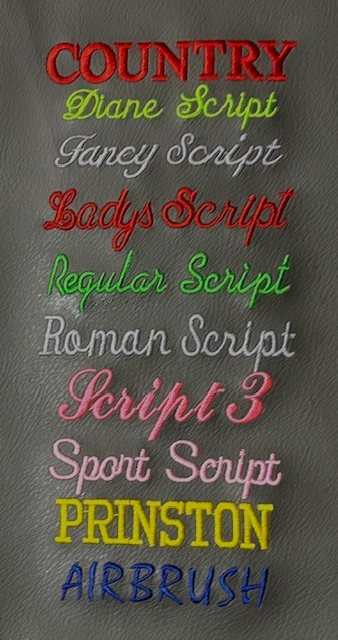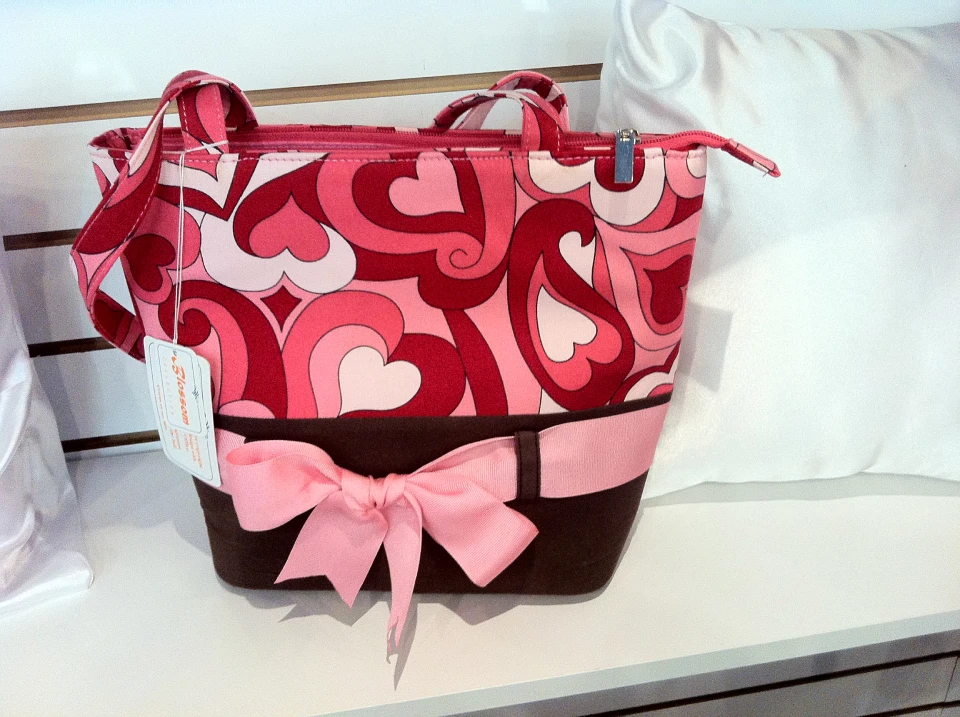Heat Transfer on T-Shirts and Aprons - Custom Designs and Logo Designs
Heat Transfer on T-Shirts and Aprons - Custom Designs and Logo Designs
Blog Article
The Art of Custom Embroidery: Opening the Secrets to Creating One-of-a-kind and Remarkable Styles
The keys to developing personalized needlework layouts that mesmerize the eye and leave a long-term impression lie in a delicate equilibrium of technique, creativity, and focus to detail. As we delve right into the world of customized embroidery, we discover the nuanced interaction between thread selection, sew intricacy, and design customization that elevates a plain garment to a work of art.
Picking the Right Needlework Threads
When choosing needlework strings, what crucial variables should you consider to make certain the very best outcomes for your customized layouts? The option of needlework thread is crucial in identifying the last end result of your embroidered style. One of the main considerations is the material of the string. Various products such as cotton, polyester, rayon, and silk offer differing degrees of shine, durability, and texture. It is important to select a string product that matches the textile you are embroidering on and straightens with the preferred appearance of the style.
Moreover, the weight or density of the string plays a considerable duty in the appearance of the needlework. Thicker threads can include measurement and texture to your layout, while finer strings are ideal for intricate details and small text. In addition, taking into consideration the color fastness and washability of the string is important to make certain that your custom-made styles keep their high quality and vibrancy in time. By meticulously assessing these aspects and selecting premium strings that fulfill your specific requirements, you can enhance the visual allure and longevity of your embroidered productions.
Exploring Various Stitch Methods
To dig right into the realm of 'Exploring Different Stitch Techniques', one have to realize the complexities and subtleties that each sewing method offers the art of embroidery. Different stitch methods not only include visual interest however likewise contribute to the total texture and measurement of the design. One preferred stitch strategy is the satin stitch, which involves closely packed parallel stitches to produce a smooth and glossy surface, ideal for completing forms and producing bold details.
On the various other hand, the backstitch is a versatile strategy often made use of for laying out and adding fine details. It involves stitching backwards to develop a strong line of embroidery. In addition, the French knot stitch includes a tactile component to designs, ideal for developing textured accents like flower centers or decorative touches.
Checking out various stitch strategies permits embroiderers to play with light, shadow, and deepness within their styles, boosting the aesthetic appeal and artistic quality of their needlework tasks. By mastering various stitching techniques, one can open countless possibilities for creating unique and remarkable personalized needlework pieces.
Incorporating Personalized Style Aspects
Having actually discovered the details of various stitch techniques such as the satin stitch, backstitch, and French knot, the emphasis currently moves towards incorporating individualized style elements in customized embroidery jobs. Personalized design components play a vital duty in making embroidery projects absolutely special and memorable. One method to incorporate customization is by adding initials, names, or significant days to the design. This not only adds an individualized touch but also boosts the emotional worth of the needlework Our site piece.
One more way to browse around this web-site integrate personalized layout elements is by consisting of symbols or motifs that hold unique significance to the recipient or mirror their interests and individuality. For instance, incorporating a favorite blossom, pet, or hobby-related sign can make the embroidery layout much more significant and tailored. In addition, picking colors that resonate with the recipient or align with the designated style can additionally enhance the personalization of the needlework task.
Grasping the Art of Shade Control

One key element of shade sychronisation is understanding color concept. This includes recognizing exactly how different colors interact with each various other, the feelings they share, and just how they can be incorporated to develop visually attractive designs. By using hans tailor color theory concepts, embroiderers can create harmonious color combinations that boost the general appearance of the layout.
Additionally, taking notice of comparison is vital in shade sychronisation. Making use of contrasting shades can assist certain elements of the layout pop, enhance readability, and produce an aesthetically dynamic embroidery piece. By mastering the art of color control, embroiderers can elevate their layouts and produce unforgettable pieces that reverberate with customers and customers alike.
Enhancing Structure With Advanced Embroidery Stitches

French knots, for instance, are best for adding tiny, elevated dots to your layout, resembling the appearance of beads or creating a distinctive surface. Bullion knots, on the various other hand, can be used to develop twisted, ropelike elements that add a lavish feel to the needlework. Seed stitching includes small, scattered stitches that can complete locations with a multicolor appearance, while turkey job creates fluffy, dimensional accents reminiscent of animal hair or foliage. Try out these advanced needlework stitches enables you to press the limits of conventional embroidery and develop absolutely one-of-a-kind and aesthetically attractive structures in your designs.
Final Thought
To conclude, the art of custom-made embroidery involves a combination of picking the best strings, exploring various stitch techniques, integrating personalized layout elements, mastering shade coordination, and improving texture with innovative stitches. By understanding and applying these crucial components, embroiderers can create special and memorable layouts that showcase their imagination and skill. Embroidery lovers can unlock the secrets to producing stunning and custom items that stand apart and leave a long-term perception.
Report this page